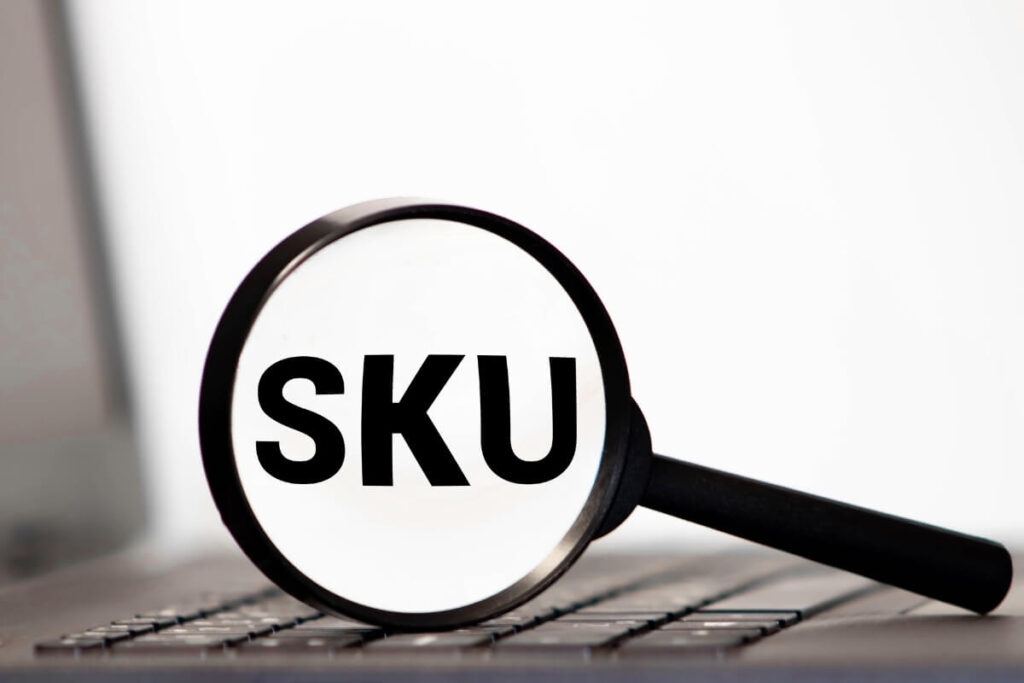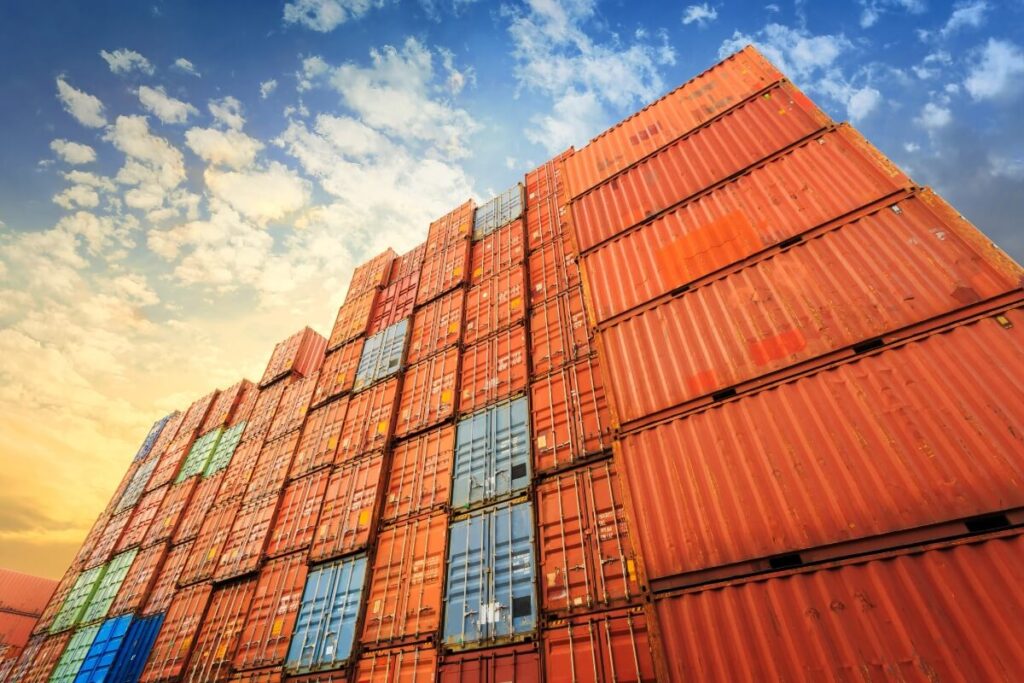Table of contents
Source: law firm Windt Legal, Rotterdam
March 18, 2020
Labor law measures related to covid-19
On March 17, 2020, the Cabinet offered the Emergency Jobs and Economy Package that will be in effect for the next three months.
The aim of this package is to preserve jobs and mitigate the economic impact of COVID-19 (hereafter, the “coronavirus”). The labor law measures offered in thenood package are discussed below. Particular attention is paid to the Temporary Emergency Measures Bridge for Work Retention (“NOW”).
This memorandum is based on the March 17, 2020 Parliamentary Letter (reference CE-AEP / 20077147), in which the concrete conditions for applying the labor law measures have not yet been named. After all, those conditions are being worked out in the near future.

FREE WHITE PAPER
Reduce Total Cost of Ownership (TCO) with the Kraljic Matrix
1. Overview of labor law measures emergency package jobs and economy
The following labor law measures are offered in the emergency package:
- The working time reduction scheme(“wtv scheme”) has been repealed with immediate effect and is being replaced by the NOW scheme.
- Self-employed people can apply for supplementary subsistence and/or working capital benefits on a temporary basis for three months, supplementing income to the social minimum or solving liquidity problems.
- Employers will not have to pay a high unemployment premium if they allow “permanent” employees to work more than 30% overtime in the coming period because of the corona virus.
2. Replacement of the wtv scheme with the NOW scheme.
2.1. In recent weeks, there has been an unprecedented level of wtv appeal. The purpose of the wtv scheme is to enable employers to retain their staff when there is a temporary substantial loss of working hours due to a calamity beyond the normal business risk. The coronavirus outbreak is one such calamity. Since the scheme was not calculated to handle such a large appeal, it was withdrawn with immediate effect and work is now underway to introduce and open the NOW scheme.
2.2. The government calls on employers to keep employees employed as much as possible for the hours they worked. For this reason, the government mentions that NOW scheme provides for the support in the form of compensation for the wage costs of permanent employees and employees on flexible contracts to the extent that they remain employed during the application period. According to the government, this means that workers with flexible contracts can also be kept employed with the help of the allowance. Temporary employment agencies can also apply for temporary workers employed by them, according to the government. Exactly what impact this will have on flexible contracts and their extension remains to be seen from the development of the NOW scheme.
2.3. Based on the desire to retain employees as much as possible, employers are required to commit in advance to the obligation not to request dismissal for economic reasons for employees during the period for which the allowance is received.
2.4. The NOW scheme allows for faster financial relief for employers and applies to companies of all sizes. The difference with the wtv scheme is that the application process is decoupled from the WW, simplifying the process and not “sacrificing” employee WW rights.
2.5. Eligibility for the NOW scheme is conditional on at least 20% revenue loss, noting that the scheme only covers revenue loss from March 1, 2020. With the UWV, for a period of three months, a loss-of-turnover-related compensation for labor costs in the amount of up to 90% of the wage bill can be requested. The amount of the allowance for labor costs depends on the decline in sales. Here are some examples of how the relationship between decline in turnover and amount of allowance works out:
- if 100% of sales are eliminated, the allowance is 90% of an employer’s wage bill;
- if 50% of turnover is lost, the allowance is 45% of an employer’s wage bill;
- if 25% of turnover is lost, the allowance is 22.5% of the employer’s wage bill.
2.6. The UWV will provide an advance of the allowance (at least 80% of the amount) based on the application. Afterwards, it is determined what the actual loss in revenue was. An auditor’s report is required for large applications. When the allowance is finally determined, a correction is made if there has been a decrease in the wage bill. Subsequent payment or recovery may be an issue.
2.7. Employers pay 100% of wages to affected employees. The three-month period may be extended once for another three months. The regulation may stipulate further conditions for the extension.
2.8. Wtv applications already submitted before March 17, 2020 6:45 p.m. but not yet completed will be considered as submitted applications for the new NOW scheme. Additional information is requested from the submitters. For exemptions already granted, extension of the permit beyond six weeks is not possible. In that case, these employers can apply under the NOW scheme.
2.9. Currently, the Ministry of Social Affairs and Employment is busy working out the NOW scheme. As soon as the date is known from which applications can be submitted to the UWV, it will be widely publicized. The arrangement is expected to be finalized within two weeks.
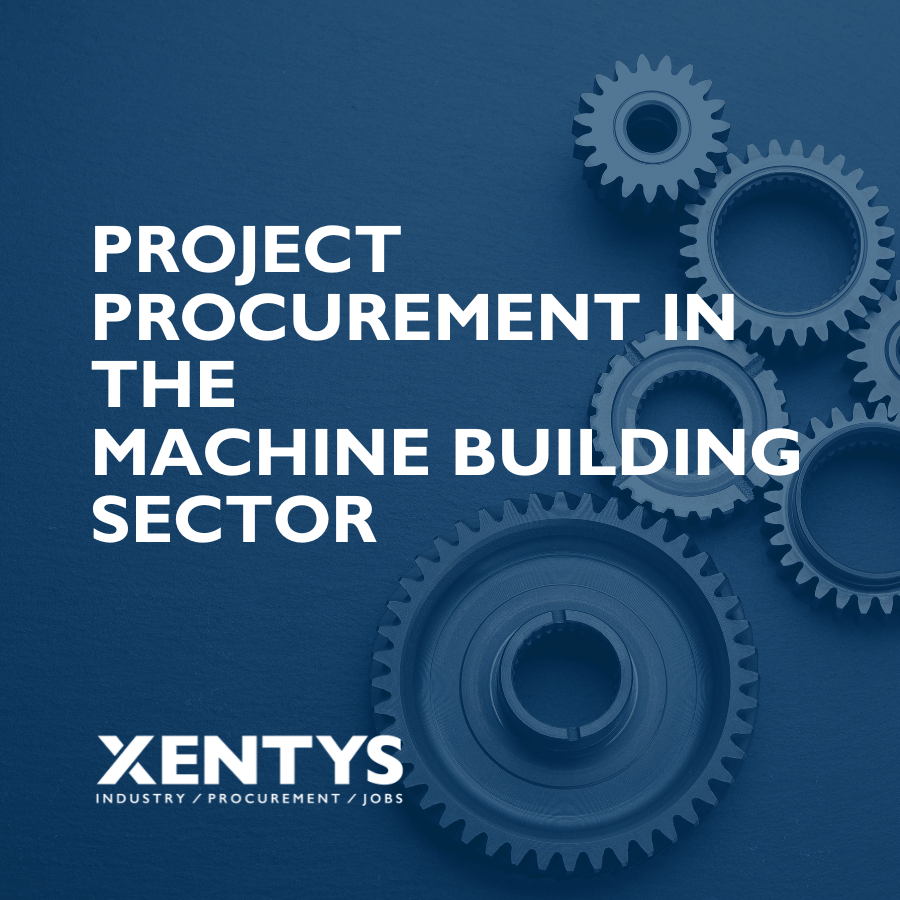
Free whitepaper
Project Procurement in the Machine Building Sector
3. Additional temporary support for self-employed workers
3.1. To support the self-employed, the government is coming up with a temporary provision for the duration of three months to take effect as soon as possible. Self-employed entrepreneurs with financial problems can apply for this facility. The provision is implemented by municipalities.
3.2. Support can be applied for in the form of supplemental living allowance and/or working capital. The living allowance supplements income up to the social minimum.1 A working capital loan can be used to solve liquidity problems.
3.3. This temporary scheme complements the other measures taken in the tax and guarantee sphere for entrepreneurs. The scheme is modelled on the Decree on assistance for self-employed persons (“Bbz”) and contains the following elements:
- The viability test from the Bbz is not applied. This will speed up the processing of applications.
- Income support for living expenses is provided within four weeks for a period of up to three months. Advances can be used in this process.
- The amount of income support depends on income – where no asset or partner test applies – and household composition up to €1,500 net per month. Income support does not have to be repaid later.
- The accelerated procedure also applies to applying for a loan for working capital up to €10,157.
- When providing the loan for working capital, an option to defer the repayment obligation is included. In addition, a lower interest rate (than currently included in the Bbz) is used.
3.4. The scheme is being worked out in consultation with VNG and Divosa and will be introduced in the near future.
4. Measures related to unemployment premium differentiation.
4.1. Under the premium differentiation scheme, employers are required to retroactively pay the high WW premium for permanent employees who worked more than 30% overtime in a calendar year. This provision can now lead to unintended effects in sectors where coronavirus requires a lot of extra overtime (e.g., healthcare). The Labor Foundation has requested that this regulation be amended. The Cabinet is willing to do so and is working out a scheme.
4.2. On December 9, 2019 (Parliamentary Paper 35 074 No. 73), the Minister of SZW reported to the House of Representatives that employers were given until April 1, 2020, to put a permanent employment contract in writing in order to meet the conditions for the low WW premium. Because it will not be practical for all employers to meet this requirement in the coming weeks, the period is being extended to July 1. The grace period, as described in the letter dated Dec. 9, 2019, and valid for employees who were employed for an indefinite period by Dec. 31, 2019, will thus apply through June 30, 2020.
Find a buyer through xentys
At xentys, your experienced procurement recruitment agency, we are happy to help you find the right professional for your procurement team. Send a message today and strengthen your purchasing department.
5. Questions?
Please contact one of the following employment law specialists:
Peter de Waal, Attorney-at-law partner
010 2617 500
06 22 693 374
p.dewaal@windtlegal.com
Steven Palm, Attorney-counsel
010 2617 500
06 30 247 774
s.palm@windtlegal.com
Sandra van Steekelenburg, Attorney at Law
010 2617 500
06 51 074 391
s.vansteekelenburg@windtlegal.com
Yente Bijloo, Attorney at Law
010 2617 500
06 53 355 518
y.bijloo@windtlegal.com
If you have any questions based on this blog, please contact:
maarten.smitsvanoyen@xentys.nl
News
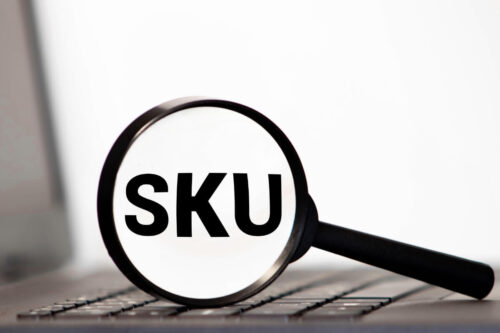
What is the meaning of SKU?
A SKU, or Stock Keeping Unit, is a unique code used to identify a specific product that is in stock. This alphanumeric code is indispensable for inventory management and logistics operations, as it allows products to be tracked and managed. SKUs can contain information about a product’s attributes, such as

What is meant by the 80/20 rule?
The 80/20 rule, also known as the Pareto principle, is an economic rule that states that 80% of all results come from 20% of all efforts. This rule was first introduced by Italian economist Vilfredo Pareto, who discovered that 80% of the land in Italy was owned by only 20%
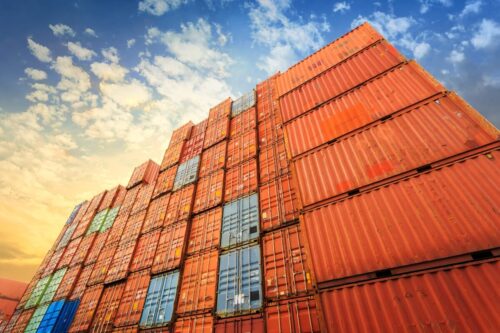
What does 3PL & 4PL mean?
The terms 3PL (Third-Party Logistics) and 4PL (Fourth-Party Logistics) play an important role in supply chain management today. But what exactly do those terms mean? 3PL refers to a logistics service provider that outsources specific logistics functions, such as transportation, warehousing and distribution, to an external party. These service providers

What is a freight forwarder?
A freight forwarder, also known as a forwarding agent, is an essential link in the logistics chain. This party organizes and coordinates the transportation of goods from one location to another. In this context, the necessary means of transportation, such as trucks, ships or aircraft, must be arranged and


